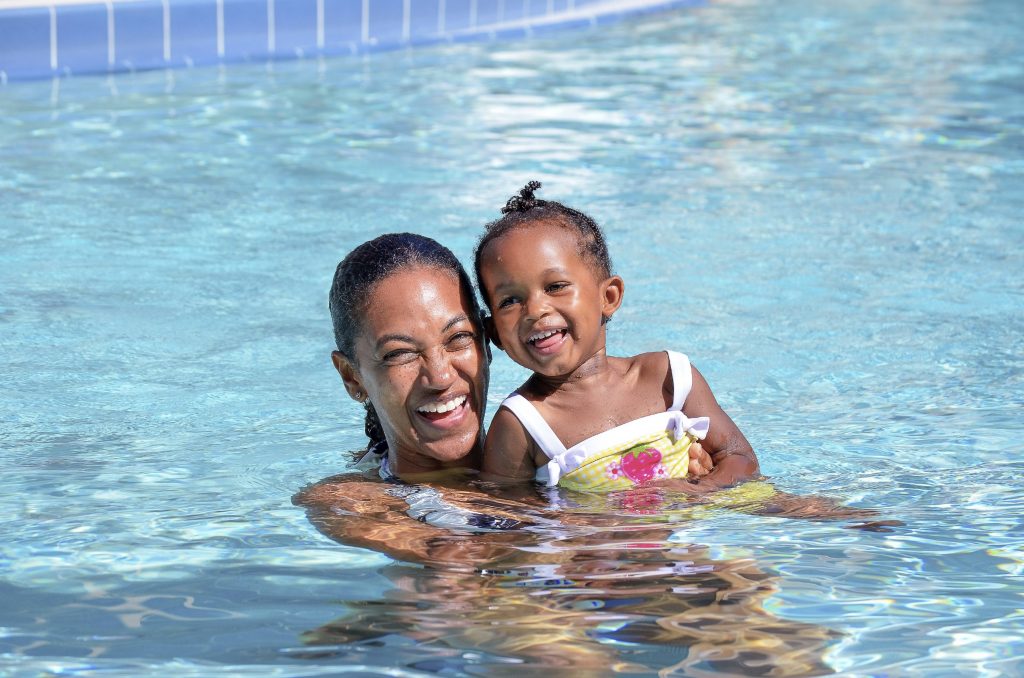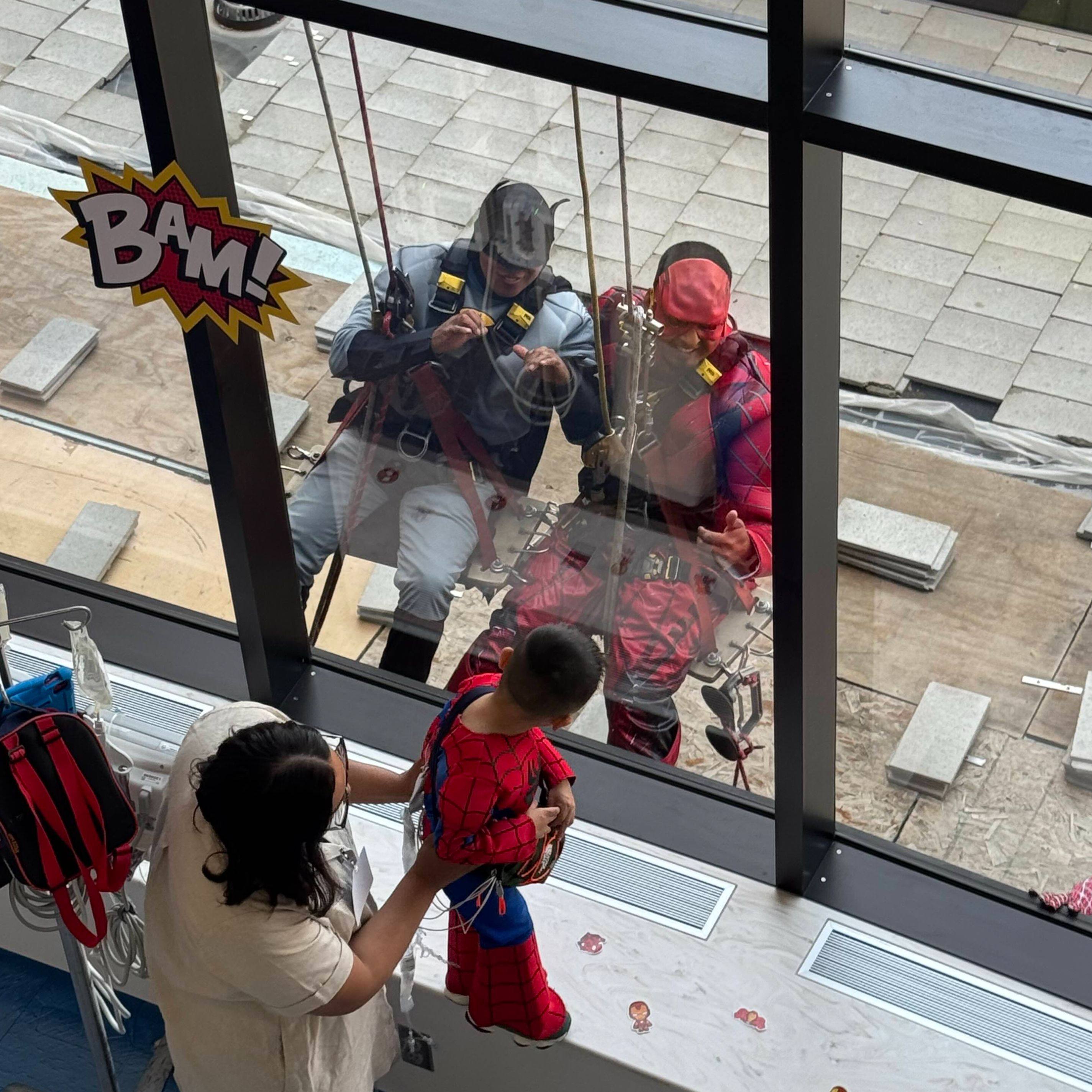-
Mayo Clinic Q and A: What is ‘dry drowning?’

Dear Mayo Clinic: Last summer, there were many reports about "dry drowning" ― where children became extremely sick and in some cases died days or weeks after swimming. I have two children, ages 3 and 8, so I'm hoping to understand what this phenomenon is and how I can protect my children from drowning.
Answer: While devastating to the families and communities affected, dry drowning is a misnomer. There are no medically accepted conditions known as "near-drowning," "dry drowning" and "secondary drowning." Rather, the terms refer to delayed illness that is caused by aspiration of water into the lungs, which may cause the vocal cords to spasm and the airway to close up. This acute lung injury can develop over minutes to hours after exposure, though, despite news reports, it is quite rare.
Drowning ― when you can't get oxygen into your lungs ― remains a leading cause of unintentional death for people of all ages, especially for children under 14, according to the Centers for Disease Control and Prevention. On average, there are 3,500 fatalities annually from drowning ― or about 10 people a day who die from drowning.
Your children are of an age where they should not be left alone near any body of water, including a bathtub. Children can drown quickly and quietly. It can take less than a minute for a child to drown. In most cases, you don't see a struggle. When people are drowning, they typically do not wave their arms because their arms instinctively push down to try and get their heads above water. A child may not have the ability to keep his or her head up out of the water.
There are two primary causes for drowning, which occurs when you can't get oxygen into your lungs because you are in or below water.
The first occurs when someone is under water for too long and the body begins to experience reflexes of panic, agitation and air hunger. When you can't avoid taking a breath underwater, fluid will rush into the lungs. This is what occurs in about half of all drowning cases.
The other type of drowning occurs when the voice box closes off. Known as a laryngospasm, it is a reflex that happens to prevent fluid from getting into the lungs. This could happen if you are below water and holding your breath to the point where you pass out.
When any degree of water inadvertently goes “down the wrong pipe” and into the airway ― whether from swimming or drinking a glass of water ― cough is the body’s natural defense mechanism to try to remove fluid. In many cases, when there is a small amount of water aspirated into the lungs, coughing will clear it.
In the event that a lot of water gets into the lungs and is not expelled, it can irritate the lining of the lungs and cause fluid buildup ― a condition called pulmonary edema. You'd likely notice your child having trouble breathing right away or it might worsen over time.
Small children may have difficulty communicating if they are experiencing trouble breathing so it is important to be familiar with symptoms of respiratory dysfunction, such as prolonged cough, unusually rapid breathing or change in mental status — whether 30 minutes after you've been in the water or a week.
If your child seems to be in distress at any time, you should call for medical assistance. Given the age of your children, the best thing you can do to prevent any water injury is to be aware, and maintain close and constant adult supervision that is not distracted by cooking, cleaning, reading or using a cellphone. Most instances of pediatric drownings occur in a setting with inadequate supervision, so being vigilant is the best prevention. — Dr. Michael Boniface, Emergency Medicine, Mayo Clinic, Jacksonville, Florida
Related Articles







